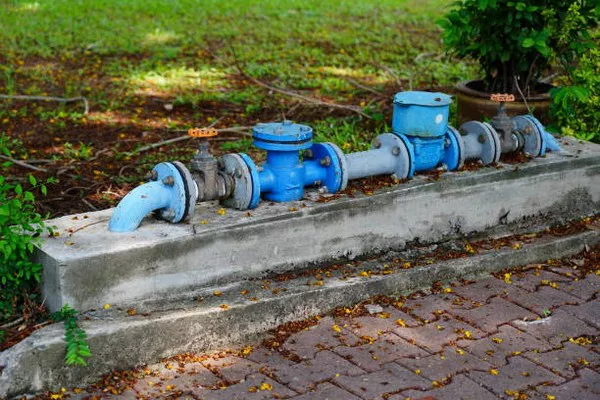The U.S. Department of Defense (DoD) is spearheading an innovative initiative to harness advanced geothermal systems near military installations, leveraging partnerships with private companies to propel the nation towards net-zero energy goals.
Geothermal energy, derived from the Earth’s natural heat, has historically played a minor role in the renewable energy landscape, contributing just 0.4% of total U.S. electricity and approximately 1% globally. Unlike traditional geothermal setups, which rely on specific geographic features like volcanic activity, next-generation installations can be deployed in regions without such unique characteristics. However, the development of these technologies has been impeded by high costs and limited funding.
With backing from the Department of Energy (DoE), the DoD’s Innovation Unit (DIU) is embarking on three new geothermal energy projects at Army and Air Force facilities across four states. Building upon existing efforts at two Naval facilities and an Army base, these installations will not only power military facilities but also contribute invaluable insights into enhancing grid resilience.
Geothermal technology, with roots dating back centuries in regions like Iceland, where volcanic activity facilitated electricity generation through hot springs, is now entering a transformative phase. Advanced geothermal systems tap into constant and reliable heat from deep within the Earth’s core, circumventing the need for volcanic conditions.
One of the primary challenges in accessing this deep heat lies in the drilling process, which is both costly and can trigger seismic events if not executed with precision. The injection of fluids at high pressures during drilling poses risks of altering subsurface stresses and causing earthquakes, as well as potential environmental contamination by releasing hazardous substances into groundwater.
Enhanced geothermal systems (EGS) and advanced geothermal systems (AGS) are two prominent methodologies in the field. EGS focuses on creating or enhancing geothermal reservoirs within low-permeability rock formations using hydraulic fracturing. On the other hand, AGS encompasses a broader range of technologies, such as employing supercritical carbon dioxide instead of water for heat extraction or integrating geothermal energy extraction with mineral recovery processes.
A recent report from The University of Texas at Austin’s Energy Institute highlighted the transformative potential of geothermal energy, suggesting that constructing 15,000 geothermal wells annually for four years could generate electricity equivalent to the entire oil and gas industry.
The DoD’s investment initiative marks a pivotal moment in scaling up geothermal infrastructure. Through strategic partnerships with technology firms, the DIU is spearheading projects at key military installations, including the Naval Air Facility in El Centro, California, the Naval Air Station in Fallon, Nevada, and Fort Bliss in Texas. Companies like Fervo have already made significant strides, achieving a milestone at their Utah site capable of generating 3.5 MW of geothermal power.
These initiatives are not only accelerating research and development in geothermal technologies but also aligning with broader objectives of achieving net-zero carbon emissions. By investing in domestic geothermal capabilities, the DoD aims to mitigate dependency on international supply chains, fostering a resilient and sustainable energy landscape for the future.

